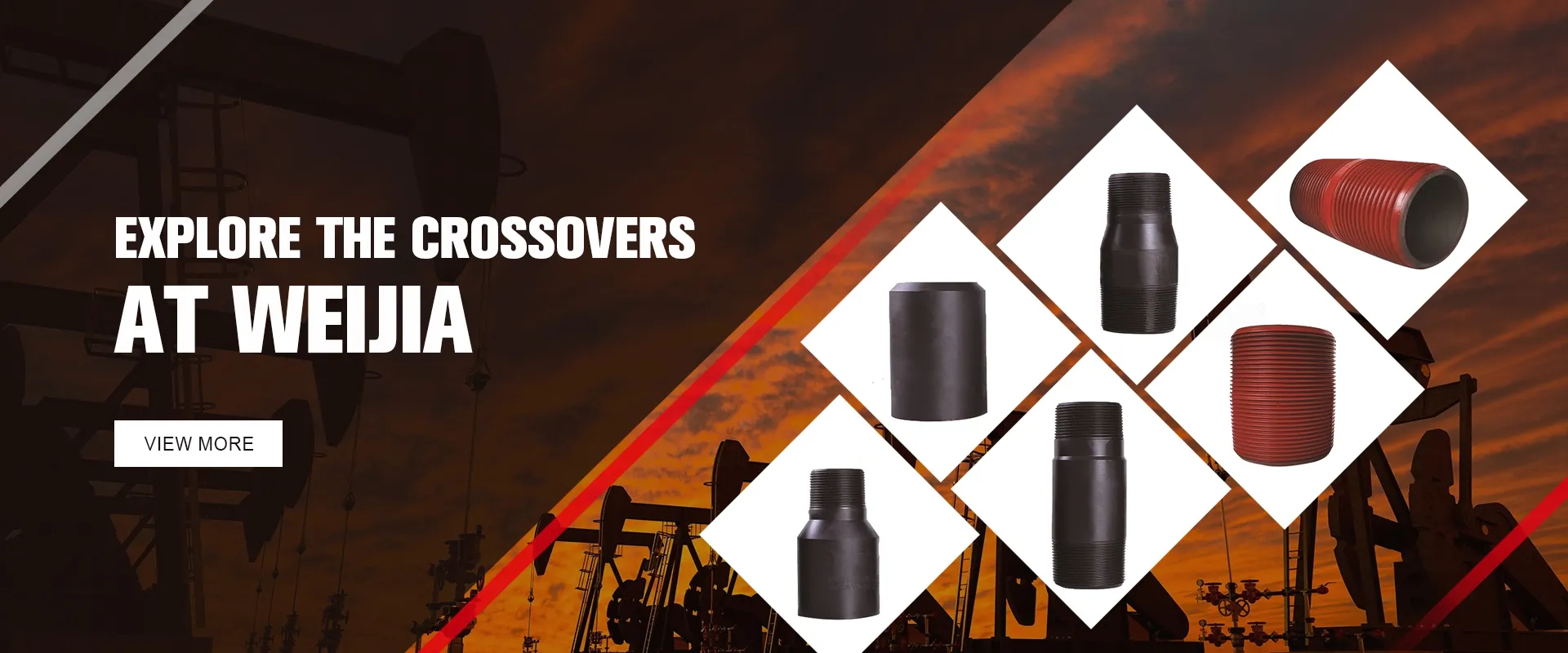- Afrikaans
- Albanian
- Amharic
- Arabic
- Armenian
- Azerbaijani
- Basque
- Belarusian
- Bengali
- Bosnian
- Bulgarian
- Catalan
- Cebuano
- Corsican
- Croatian
- Czech
- Danish
- Dutch
- English
- Esperanto
- Estonian
- Finnish
- French
- Frisian
- Galician
- Georgian
- German
- Greek
- Gujarati
- Haitian Creole
- hausa
- hawaiian
- Hebrew
- Hindi
- Miao
- Hungarian
- Icelandic
- igbo
- Indonesian
- irish
- Italian
- Japanese
- Javanese
- Kannada
- kazakh
- Khmer
- Rwandese
- Korean
- Kurdish
- Kyrgyz
- Lao
- Latin
- Latvian
- Lithuanian
- Luxembourgish
- Macedonian
- Malgashi
- Malay
- Malayalam
- Maltese
- Maori
- Marathi
- Mongolian
- Myanmar
- Nepali
- Norwegian
- Norwegian
- Occitan
- Pashto
- Persian
- Polish
- Portuguese
- Punjabi
- Romanian
- Russian
- Samoan
- Scottish Gaelic
- Serbian
- Sesotho
- Shona
- Sindhi
- Sinhala
- Slovak
- Slovenian
- Somali
- Spanish
- Sundanese
- Swahili
- Swedish
- Tagalog
- Tajik
- Tamil
- Tatar
- Telugu
- Thai
- Turkish
- Turkmen
- Ukrainian
- Urdu
- Uighur
- Uzbek
- Vietnamese
- Welsh
- Bantu
- Yiddish
- Yoruba
- Zulu
Versatile Coupling Tube Fittings for Efficient Fluid Connection Solutions
Understanding Coupling Tube Fittings A Comprehensive Guide
Coupling tube fittings play a crucial role in various industries, providing a reliable means of connecting two sections of tubing to ensure the seamless transfer of fluids and gases. These fittings are particularly prominent in hydraulic, pneumatic, and process piping applications, where leak-free connections are paramount for efficiency and safety. In this article, we will explore the intricacies of coupling tube fittings, their types, advantages, and proper usage.
What Are Coupling Tube Fittings?
Coupling tube fittings are mechanical components designed to join two pieces of tubing together. They ensure a secure and leak-proof connection, allowing for the flow of liquids or gases without the risk of contamination or pressure loss. Coupling fittings are typically made from materials such as stainless steel, brass, or plastic, depending on their intended use and the types of media being transported.
Types of Coupling Tube Fittings
1. Compression Couplings These are the most common type of tube fitting, designed to secure the tube by compressing it against the fitting's inner surface. Compression fittings are typically easy to install and disassemble, making them suitable for applications where frequent adjustments or maintenance are required.
2. Welded Couplings These fittings are permanently joined to the tubing through a welding process, resulting in a strong and durable connection. Welded couplings are ideal for high-pressure applications and environments where vibrations may occur.
3. Flared Couplings In this type, the tubing end is flared to create a tight connection that can withstand high pressures. Flared couplings are common in automotive and aviation applications due to their robustness.
4. Push-to-Connect Fittings These innovative fittings allow for quick and easy connections without the need for tools. A simple push of the tube into the fitting creates a secure connection, making these fittings popular in environments requiring rapid installation and disassembly.
5. Barbed Couplings Designed for use with flexible tubing, barbed fittings feature ridges that grip the tube tightly. They are commonly used in applications such as aquarium systems and medical devices.
Advantages of Using Coupling Tube Fittings
Coupling tube fittings offer numerous benefits that make them an essential component in various systems
coupling tube fitting

- Leak Prevention One of the primary advantages is their ability to create leak-free connections, which is critical for maintaining system integrity and safety.
- Versatility Coupling fittings can accommodate different tube sizes and materials, making them highly versatile across various applications
.- Ease of Installation Many coupling fittings, especially push-to-connect types, simplify the installation process, saving both time and labor.
- Durability Made from robust materials, these fittings are designed to withstand harsh environments and high-pressure conditions, ensuring a long service life.
- Maintenance-Friendly Compression and push-to-connect fittings allow for quick disassembly and reassembly, making maintenance straightforward and quick.
Proper Usage and Best Practices
When using coupling tube fittings, it’s essential to follow certain best practices to maximize their effectiveness
- Compatibility Ensure that the fitting is compatible with both the tubing material and the media being transported. This helps prevent breakdowns or failures.
- Correct Installation Follow manufacturer guidelines for installation to avoid over-tightening or under-tightening, which can lead to leaks or damage.
- Regular Inspections Regularly inspect fittings for signs of wear or corrosion, especially in high-demand environments, to uphold system integrity.
- Cleanliness Keep fittings and tubing clean before installation to prevent contaminants from entering the system, which could affect performance.
In conclusion, coupling tube fittings are an integral part of many fluid and gas transportation systems. Understanding the different types, benefits, and best practices for their use can assist engineers, technicians, and maintenance personnel in selecting the appropriate fittings for their applications, ultimately enhancing system performance and safety. As industries continue to evolve and demand efficiencies, coupling tube fittings will remain a reliable solution in fluid dynamics and industrial applications.
-
Tubing Pup Joints: Essential Components for Oil and Gas OperationsNewsJul.10,2025
-
Pup Joints: Essential Components for Reliable Drilling OperationsNewsJul.10,2025
-
Pipe Couplings: Connecting Your World EfficientlyNewsJul.10,2025
-
Mastering Oilfield Operations with Quality Tubing and CasingNewsJul.10,2025
-
High-Quality Casing Couplings for Every NeedNewsJul.10,2025
-
Boost Your Drilling Efficiency with Premium Crossover Tools & Seating NipplesNewsJul.10,2025







